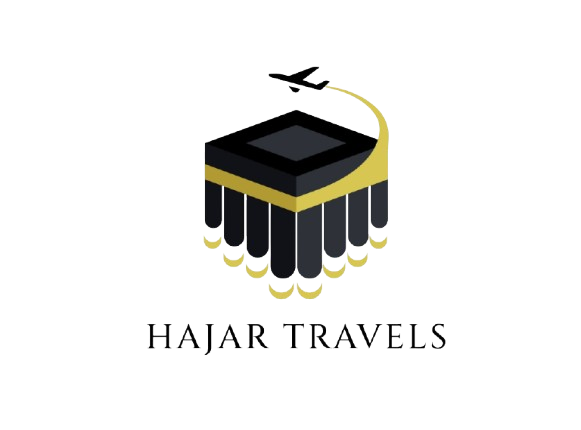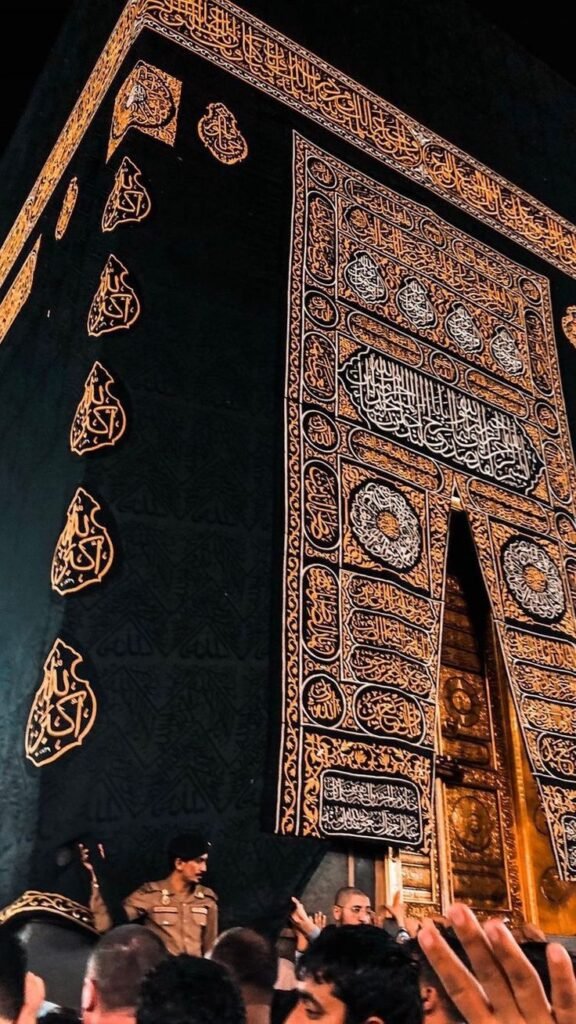The entire process during Hajj or Umrah is filled with deep significance for a believer. Among every pilgrim’s rituals and rules, Meeqat plays a key role by separating these journeys from those who are not pilgrims. Meeqat is a specific place mentioned in the ritual activities of Muslims—but why does it have such significance?
It examines what Meeqat is, why it is fundamental to a good Hajj and Umrah and why everyone who performs these rituals needs to understand these boundaries. Whether going on your first or another pilgrimage, this guide will assist you in fully appreciating Meeqat as you journey.
What is Meeqat
Meeqat, the Arabic word for this place, comes from the Arabic root that means "determining" time or place. Meeqat is the name of the places marked by Prophet Muhammad (peace be upon him) to be used for entering Hajj and Umrah next to Madina. Because of these limits, all travelers to the site must not cross these zones before entering a holy state called "Ihram."
Those entering ihram must wear certain clothes, avoid forbidden things and keep their intention pure in worship. If a pilgrim does not observe the Meeqat and the rules of Ihram, neither their Hajj or Umrah meets the Sharia’s requirements. For this reason, knowing these boundaries clearly is important before you begin your spiritual path.
Types of Meeqat
Meeqat is divided into two main categories:
1. Meeqat Zamani (Time-based Boundary)
Meeqat Zamani is the time when you can perform the rituals for Hajj. The period starts on the opening day of Shawwal and goes on until the 10th of Dhul-Hijjah. Unlike Muslims taking part in Haj, pilgrims for Umrah are able to perform their rituals year-round without having to follow time rules.
2. Meeqat Makani (Place-based Boundary)
Meeqat Makani designates exact geographical locations or zones that pilgrims cannot cross without entering the state of Ihram. These locations are tailored to the origins of pilgrims, making them uniquely significant for individuals traveling from various parts of the world. Below are some of the specified Meeqat checkpoints:
- Dhul Hulayfah (Abyar Ali) - For those traveling from or through Medina.
- Juhfah - For pilgrims coming from Syria, Egypt, or the western regions.
- Qarn al-Manazil (Miqat of Najd) - For travelers from the central regions.
- Yalamlam - Used by pilgrims arriving from Yemen or southern regions.
- Dhat Irq - A starting point for pilgrims coming from Iraq.
If a pilgrim accidentally crosses any of these Meeqat zones without entering Ihram, they must pay a penalty called "Dam," which often involves sacrificing an animal.
Importance of Meeqat in Hajj and Umrah
Meeqat is not only a requirement in ritual but also an important way to show deep obedience and understanding. When they follow these rules, pilgrims join themselves to both the guidance and deeds of Allah and His messenger. Let’s explore why Meeqat is so important in Hajj and Umrah:
1. Symbol of Devotion and Purity
When a pilgrim observes the boundaries of Meeqat, they demonstrate their commitment to worshiping Allah with body, mind and soul. From the moment a person enters Ihram, they promise to behaves according to the greatest moral standards.
2. Preparation for Worship
The purpose of the Meeqat stage is to help pilgrims prepare to think about religious life as they leave for Mecca. It separates everyday problems from the spiritual height and readiness needed for Hajj or Umrah.
3. Protection of Unity
Muslims worldwide use the same system when arriving at any Meeqat zone. People feel united and equal while taking part in this ceremony.
4. Enhancing Spiritual Significance
Crossing Meeqat in Ihram underscores the idea that every step closer to the Haram (the sacred mosque in Mecca) is deeply spiritual. It is a reminder to pilgrims of their purpose, humility, and the sanctity of the mission they are undertaking.
At Hajar Travels, we emphasize the importance of making your spiritual adventure seamless, including helping you understand these crucial rituals that enhance the purity and blessings of your Hajj or Umrah experience.
Key Rituals Observed at Meeqat
Once pilgrims reach the pre-determined Meeqat zone relevant to their location, several important rituals need to be carried out before entering Ihram, including:
- Performing Ghusl (Ritual purification): This cleansing act signifies physical and spiritual purity.
- Donning Ihram garments: For men, this includes two unstitched sheets of white cloth. Women wear simple, modest attire that adheres to Islamic guidelines.
- Declaring the Niyyah (intention): Standing at the Meeqat and verbally declaring one's intention to perform Hajj or Umrah is an invigorating spiritual act.
- Refraining from prohibited acts: Once in Ihram, pilgrims must avoid cutting hair or nails, wearing perfume, quarreling, or engaging in marital relations.
By thoroughly understanding and preparing for these acts, pilgrims ensure they begin their sacred journey on the right path.
Crossing Meeqat Without Ihram
Many pilgrims often hear, "What if I cross Meeqat without having assumed Ihram?" While being correctly guided could prevent it, this confusion or lack of planning can still lead to this occasionally.
In case a pilgrim does not get Ihram before Meeqat and then realizes their mistake, they should first go back to Meeqat to enter Ihram. If meeting the requirements for return is not possible, they will have to give a Dam as its substitute.
At Hajar Travels, we are aware that taking on Hajj and Umrah can feel like too much for those experiencing it for the first time. The experts on our team help you learn about your destination and guide you all through your journey.
The Modern Role of Travel Agencies in Meeqat Observance
Clients of Hajar Travels are helped to make their journeys smooth and rewarding. Our mission is to guide pilgrims from understanding the importance of Meeqat to handling their transportation and overseeing Ihram matters.
Preparing for Your Hajj or Umrah Journey
Want to have the clearest and most focused start to your pilgrimage? Contact Hajar Travels now to book a session with our guide to help you plan your next sacred trip. When you have our specialists on hand, you can enjoy a comfortable and rewarding religious trip.



